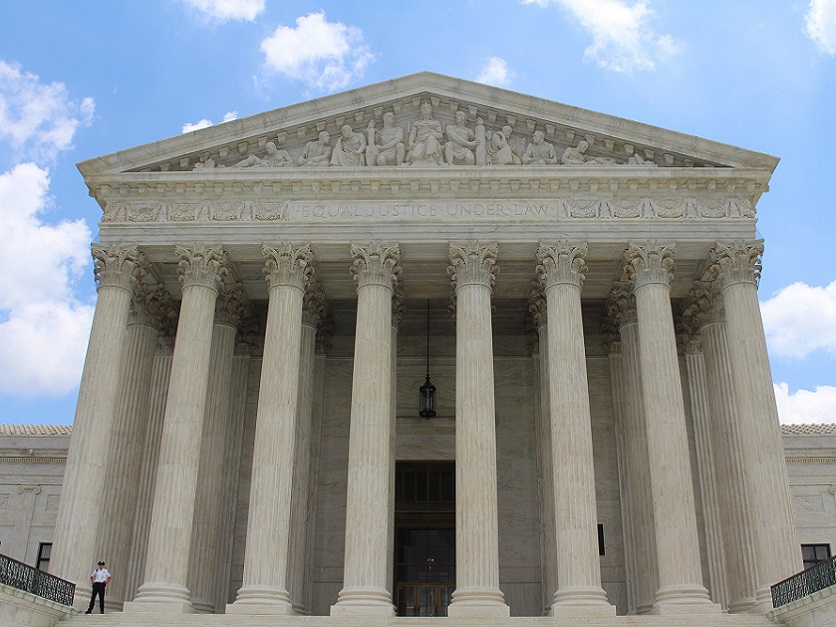Grocery stores and the federal government tangled with a South Dakota newspaper before the Supreme Court today in a fight over whether Supplemental Nutrition Assistance Program redemption data should be made public.
At issue is the store-level sales information currently not available for public consumption but would be if the high court affirms a federal appeals court ruling in favor of the Sioux Falls Argus Leader. The 8th Circuit Court of Appeals determined in May that a lower court decision finding the information should be made public was correct.
The Food Marketing Institute’s “assumption that stores would be stigmatized was speculative and not supported by any other evidence in the record,” the court said in its decision. “There was also no meaningful evidence that retailers would end their SNAP participation if the contested data were released.”
USDA dropped out of the case as a party before the 8th Circuit decision, but the U.S. continued its participation as an amicus on the side of FMI. Anthony Yang, assistant to the solicitor general, said USDA would not release the store-level data without a court order.
FMI attorney Evan Young told the court Monday that a consumer’s choice between two grocery stores reveals much about store operations. “It tells you … an awful lot about Mrs. Smith or Mr. Jones and their choices, and it tells you a lot about how those two grocery stores market and sell and what their selection might be.”
The Argus Leader has sought store-level data through Freedom of Information Act requests, hoping it can use the information to delve into issues related to food deserts and fraud. The government initially sought to withhold the information under an exemption to FOIA prohibiting disclosure if doing so would violate another federal law. The courts rejected that argument, leaving Exemption 4, which exempts confidential commercial and financial information.
That standard, however, was altered in a 1974 D.C. Circuit decision (National Parks & Conservation Association v. Morton) requiring the government to show disclosure “likely” would cause “substantial” competitive harm. Young said the court should dump that standard and restore the “plain meaning” of Exemption 4.
Argus Leader attorney Robert Loeb told the justices that eight circuit courts of appeals have upheld National Parks, and Congress has implicitly affirmed it as precedent by re-enacting laws dozens of times with language similar to Exemption 4.
The justices, however, seemed to be looking for a looser standard. Justice Sonia Sotomayor asked Loeb whether his client would accept a “reasonable possibility of harm test.”
“Why is that not enough?” she asked Loeb, who responded that using the "reasonable possibility" language “would allow so much more information here to be withheld.”
Justice Ruth Bader Ginsburg, who noted that "one of the aims of FOIA was to make information public" even when the government would rather withhold it, told Loeb that "the other side" in the case has argued that the appeals court cases after National Parks have applied its standard inconsistently. Loeb disagreed, saying other appeals courts opinions "all require a showing of likely competitive harm" in order to justify receiving an exemption from FOIA.
Yang, citing a different FOIA case involving the CIA, told the justices "the government is trying to keep its word, given over 40 years in the most official form possible, that we're going to keep this information confidential."
After the arguments, Young told reporters he expected a decision to be issued sometime in June.
For more news, go to www.Agri-Pulse.com


